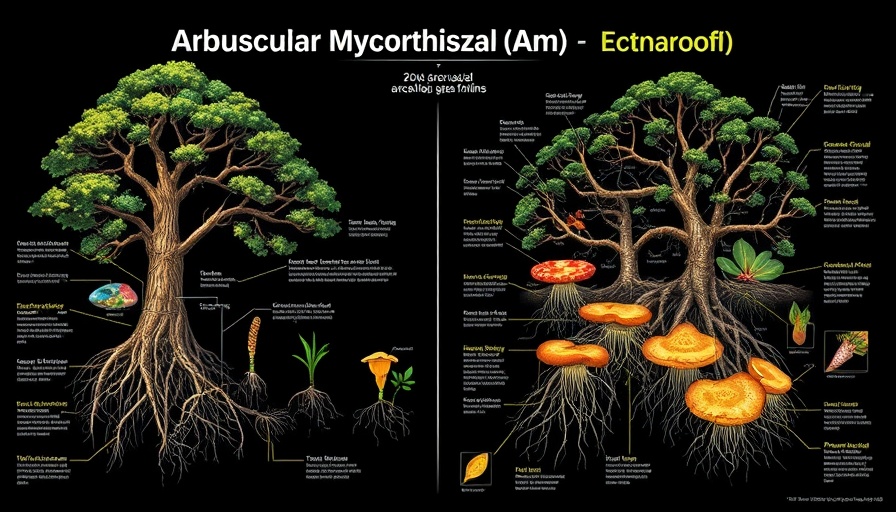
The Heartbreaking Decline of Emperor Penguins: A Global Warning
Recent research has unveiled a shocking reality for one of the most iconic species of Antarctica: the emperor penguin. Satellite images captured over a fifteen-year span show a staggering 22 percent drop in their population, a figure significantly worse than earlier projections. The photographs, part of a British Antarctic Survey initiative, highlight alarming declines among 16 different colonies along the Antarctic Peninsula.
Why are Emperor Penguins Disappearing?
The primary culprit for this dramatic decline appears to be climate change, specifically the rapid reduction of sea ice—an essential habitat for breeding and feeding. "Sea ice is very important for the penguins because they breed on sea ice and forage on sea ice," said BAS researcher Peter Fretwell. Unfortunately, the extent of sea ice has declined by over 1.5 million square kilometers over the past three decades, an area six times larger than the United Kingdom. This loss severely reduces the breeding habitat available for the emperor penguins.
Beyond Climate Change: Undetected Threats?
Dr. Phil Trathan, a co-author of the study, stated that the penguin population is declining even faster than predicted by existing computer models, suggesting that there may be additional factors at play. "There must be other factors we need to understand in addition to loss of breeding habitat," he noted, hinting at possible manmade impacts such as fishing practices and pollution.
The Urgency for Action: A Call to Preserve Biodiversity
The alarming findings surrounding emperor penguin populations serve as a potent reminder of the broader environmental crises facing our planet. Conservation efforts must be prioritized to stabilize these populations and explore the complex web of factors affecting their survival. The only path forward requires collaboration between scientists, policymakers, and the public to create meaningful change. A world without emperor penguins is not just a loss of a species; it is a stark indicator of our environmental health and our interconnected existence on this planet.
 Add Row
Add Row  Add
Add 



Write A Comment